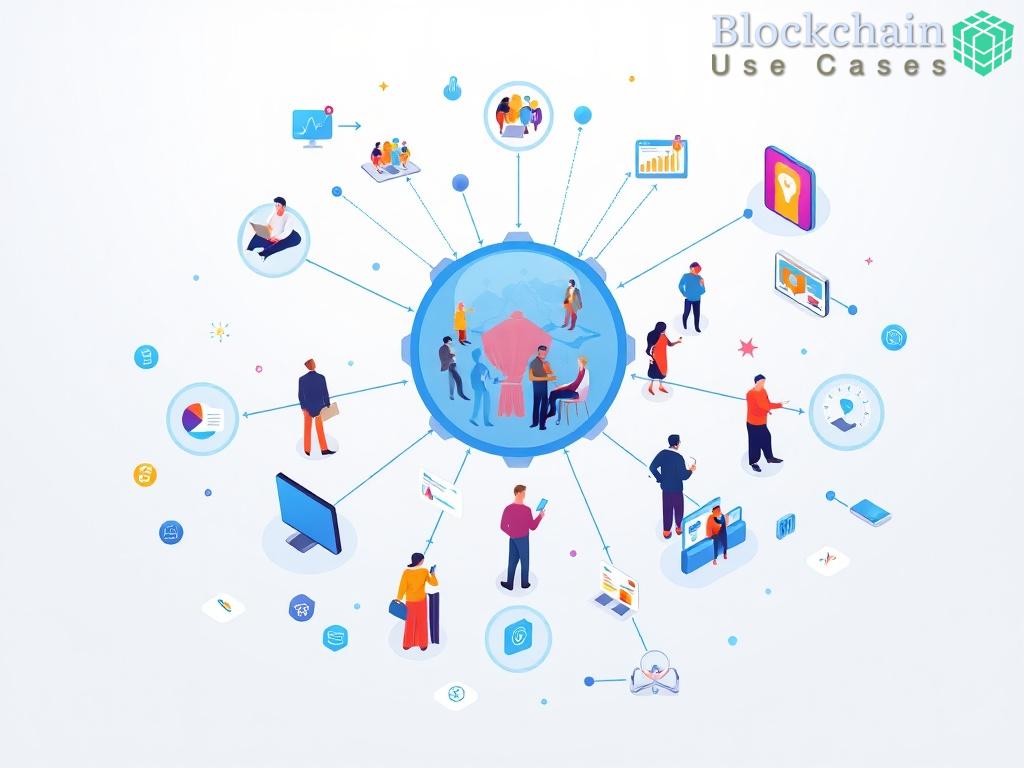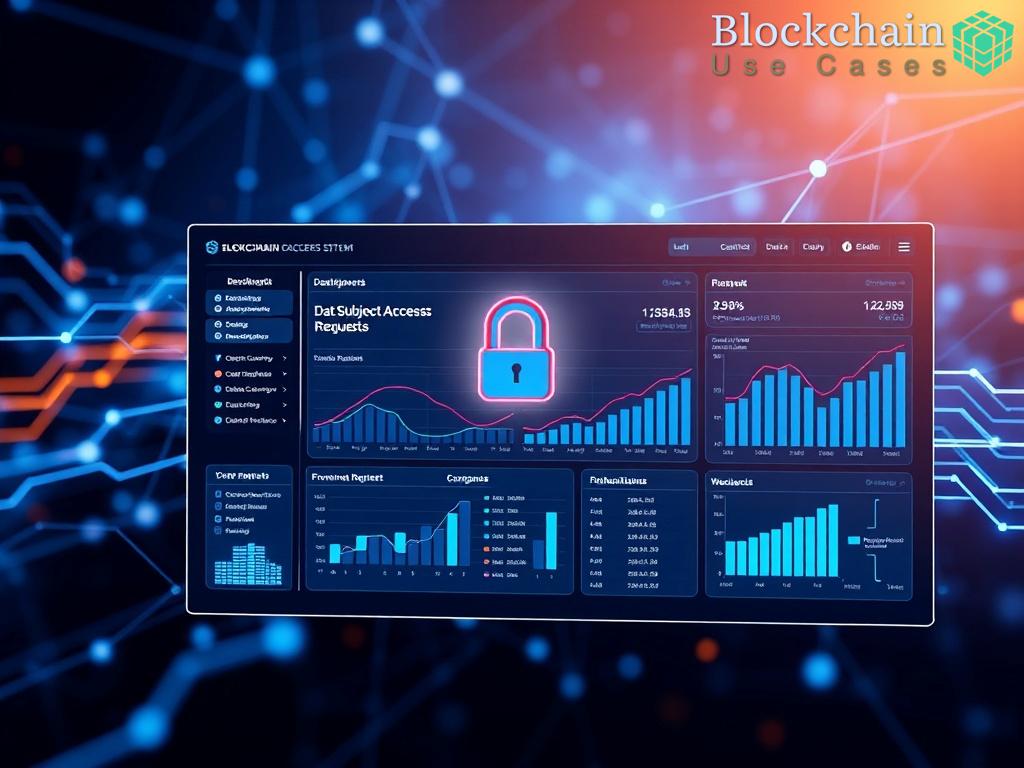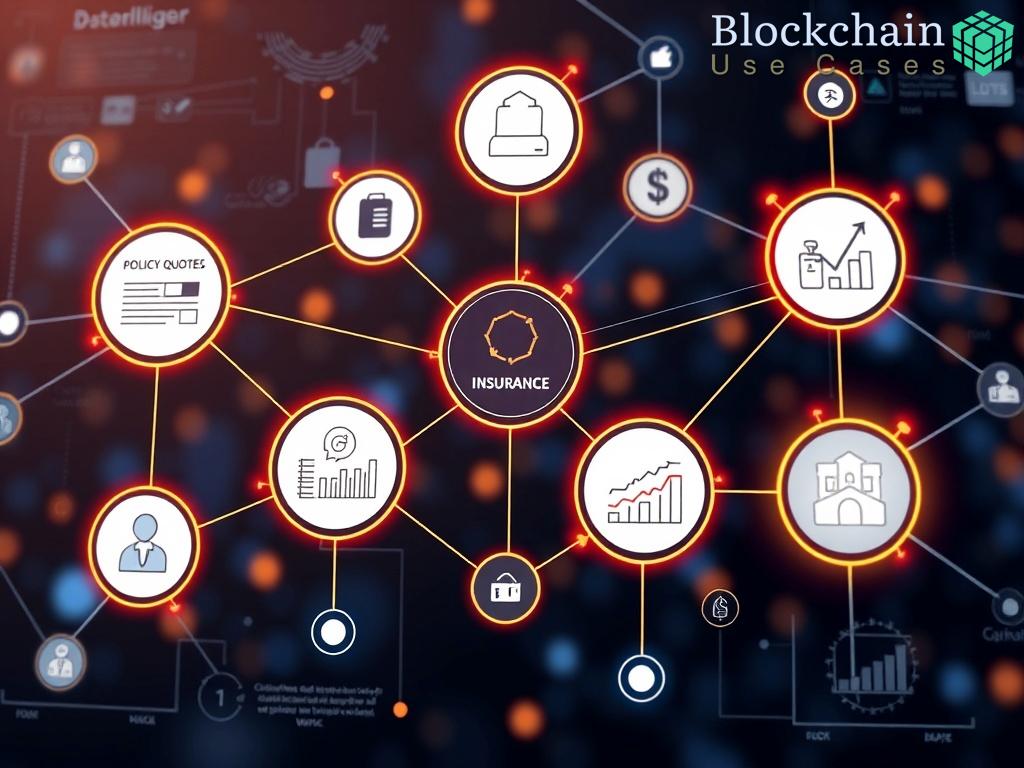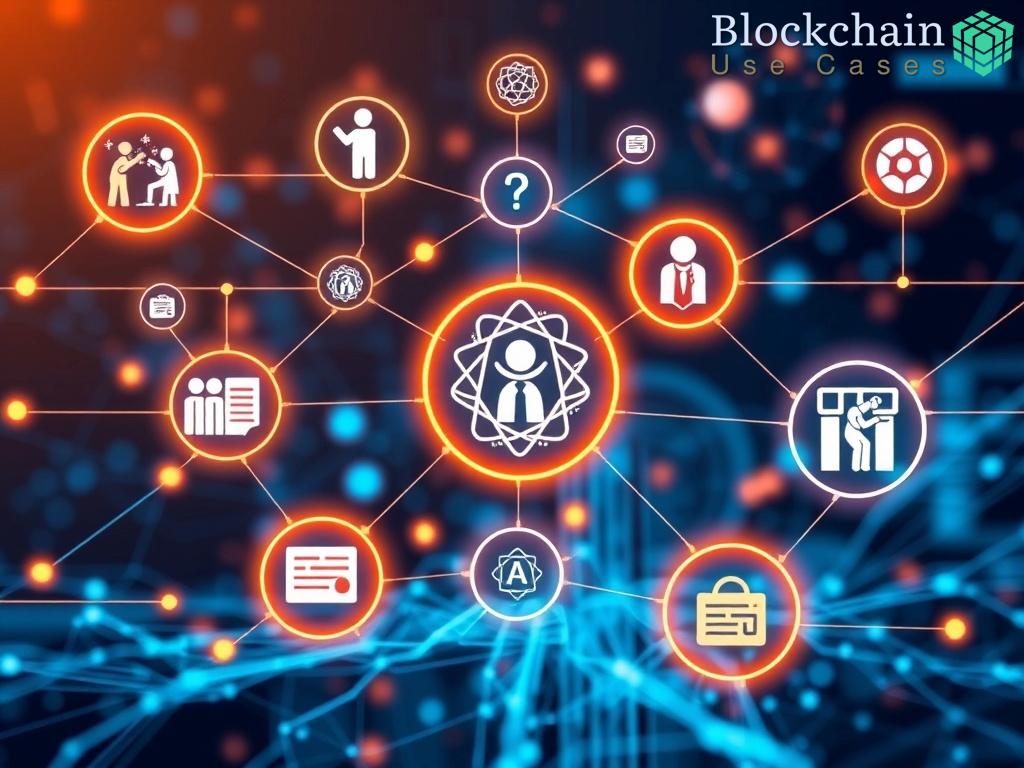Integration of Blockchain in Energy Monitoring Systems
![]()
Revolutionizing Energy Monitoring in Educational Institutions
The integration of blockchain technology into energy monitoring systems represents a significant leap forward for educational institutions striving for sustainability. With rising energy costs and increasing environmental concerns, schools and universities are under pressure to optimize their energy consumption. Blockchain offers a transparent, secure, and decentralized method for tracking energy usage, enabling institutions to efficiently manage resources while promoting accountability.
Blockchain: A Game-Changer for Transparency and Efficiency
By utilizing blockchain, educational institutions can create a tamper-proof record of energy consumption. This technology not only ensures data integrity but also enhances transparency in energy reporting. Stakeholders, including administrators, faculty, and students, can access real-time data on energy usage, fostering a culture of awareness and responsibility.
Moreover, the decentralized nature of blockchain reduces the risk of data manipulation. Educational institutions can rely on this technology to verify energy consumption reports, facilitating accurate billing and ensuring compliance with energy regulations.
Key Benefits of Blockchain Integration in Energy Monitoring
The advantages of integrating blockchain into energy monitoring systems extend beyond mere data transparency. Below is a comprehensive list of benefits that highlight the transformative potential of this technology:
- Enhanced Data Security: Blockchain employs cryptographic techniques that secure data against unauthorized alterations.
- Real-Time Monitoring: Institutions can track energy usage in real time, allowing for immediate adjustments to optimize efficiency.
- Decentralization: Eliminating the need for a central authority reduces risks associated with data breaches.
- Improved Accountability: Stakeholders can trace energy consumption patterns, leading to more responsible usage.
- Incentive Structures: Smart contracts can be implemented to reward institutions for reducing energy consumption.
These benefits illustrate how blockchain can not only streamline energy management but also promote a more sustainable future for educational institutions.
Conclusion: The Path Forward for Energy Monitoring Innovations
The integration of blockchain technology into energy monitoring systems offers educational institutions a powerful tool to enhance transparency and efficiency. As the world moves towards more sustainable practices, adopting such innovative solutions will be crucial for schools and universities aiming to lead by example. By embracing blockchain, these institutions can pave the way for a more responsible and energy-efficient future.
Benefits of Transparency in Energy Consumption Reporting
![]()
In an era where sustainability is paramount, educational institutions are increasingly turning to innovative solutions that promote responsible resource management. One such solution is the implementation of blockchain technology in energy consumption reporting. The benefits of transparency offered by blockchain not only enhance accountability but also foster a culture of sustainability within academic environments.
Building Trust Through Accurate Reporting
Transparency in energy consumption reporting is essential for building trust among stakeholders. When energy data is recorded on a blockchain, it becomes immutable and accessible to all authorized parties. This level of transparency ensures that energy reports are accurate and reflective of actual usage, eliminating doubts about discrepancies or data manipulation. By providing real-time access to energy consumption data, institutions can cultivate a sense of trust among students, faculty, and administrative staff. Trust, in turn, drives engagement and encourages all parties to actively participate in sustainability initiatives.
Empowering Stakeholders with Data Insights
With blockchain-enabled transparency, stakeholders gain valuable insights into energy consumption patterns. This information can be pivotal in identifying inefficiencies and areas for improvement. For example, when students and faculty can monitor energy usage trends, they are more likely to adopt energy-saving behaviors. Furthermore, institutions can utilize this data to implement targeted energy conservation programs, leading to measurable reductions in consumption. The ability to analyze and act upon data empowers educational institutions to make informed decisions that benefit both the environment and their operational costs.
| Aspect | Traditional Reporting | Blockchain Reporting |
|---|---|---|
| Data Integrity | Prone to manipulation | Immutable records |
| Access to Data | Limited to specific entities | Open access for stakeholders |
| Real-Time Monitoring | Periodic updates | Continuous tracking |
| Engagement | Passive consumption | Active participation |
Ultimately, the integration of blockchain technology in energy consumption reporting serves not only as a tool for accountability but also as a driver for educational institutions to lead by example in sustainability practices. By embracing this technology, institutions can enhance transparency, empower stakeholders, and demonstrate a commitment to responsible energy management.
Challenges in Implementing Blockchain for Energy Tracking
As educational institutions increasingly embrace blockchain technology for transparent energy tracking, they encounter a variety of challenges that could impede the effective deployment of this transformative tool. While the benefits of enhanced transparency and accountability are significant, the path to implementation is fraught with complexities that require careful consideration and strategic planning.
Technical Limitations and Integration Issues
One of the most pressing challenges lies in the technical limitations associated with blockchain technology itself. Educational institutions must grapple with the intricacies of integrating blockchain into existing energy monitoring systems. This integration often necessitates a complete overhaul of current infrastructure, which can be both time-consuming and costly. Additionally, the lack of standardized protocols across various blockchain platforms complicates the process, as institutions may find themselves locked into a specific ecosystem, limiting future scalability and flexibility.
Moreover, the technical expertise required to manage and operate blockchain systems can be a barrier for many educational institutions. The pool of professionals proficient in blockchain technology is still relatively small, leading to challenges in staffing and resource allocation. Institutions may need to invest heavily in training their personnel or seek external expertise, which can divert funds from other essential areas.
Regulatory and Compliance Hurdles
Regulatory compliance also poses a significant challenge when implementing blockchain for energy tracking. Educational institutions operate within a framework of various local, state, and federal regulations that govern energy management and data privacy. Ensuring that blockchain solutions align with these regulations can be daunting, particularly given the rapidly evolving nature of both blockchain technology and regulatory landscapes.
Furthermore, institutions must address concerns related to data privacy. The transparent nature of blockchain, while beneficial for accountability, raises questions about the exposure of sensitive data. Institutions must strike a balance between transparency and privacy, ensuring that they comply with regulations like FERPA while still providing stakeholders access to relevant energy consumption data.
| Challenge | Description |
|---|---|
| Technical Limitations | Integration with existing systems may require extensive changes and incur high costs. |
| Expertise Gap | Lack of skilled professionals in blockchain technology can hinder effective implementation. |
| Regulatory Compliance | Navigating complex regulations related to energy management and data privacy can be challenging. |
Overcoming these challenges is crucial for educational institutions seeking to harness the full potential of blockchain for energy consumption tracking. By addressing technical limitations, investing in personnel training, and ensuring regulatory compliance, institutions can create a robust framework that not only enhances transparency but also promotes a culture of sustainability and accountability.
Case Studies: Successful Blockchain Applications in Education
Innovative Implementations Shaping the Future of Energy Management
As educational institutions seek to adopt sustainable practices, several pioneering examples of blockchain applications have emerged, showcasing how this technology can transform energy consumption tracking. These case studies illustrate the effectiveness of blockchain in enhancing transparency, accountability, and efficiency in energy management within academic settings.
Leading Examples of Blockchain in Energy Monitoring
Across the globe, various educational institutions have successfully integrated blockchain technology into their energy tracking systems. These implementations not only highlight the operational benefits of blockchain but also serve as inspiring models for others looking to embark on similar journeys.
- University of California, Berkeley: This institution launched a pilot program utilizing blockchain for energy transaction tracking among its campus facilities. The initiative enabled real-time monitoring of energy consumption and facilitated peer-to-peer energy trading amongst students and staff, promoting a collaborative approach to energy savings.
- Georgia Institute of Technology: Georgia Tech implemented a blockchain-based platform that tracks energy usage data across its campus. By providing stakeholders with access to immutable energy consumption records, the university enhanced transparency and fostered a culture of environmental responsibility among students and faculty.
- National University of Singapore: Aiming to align with its sustainability goals, NUS adopted blockchain technology to manage and monitor energy consumption in its smart campus initiative. The blockchain system allowed for accurate energy reporting and incentivized energy-saving behaviors through reward mechanisms embedded in smart contracts.
The Impact of Successful Blockchain Integration
The successful application of blockchain technology in these institutions demonstrates a clear path toward achieving transparency in energy consumption. By leveraging decentralized records and real-time data access, these universities have not only improved their operational efficiency but have also set a precedent for others in the education sector. The case studies underscore the potential of blockchain to facilitate comprehensive energy management solutions, ultimately contributing to a more sustainable future for educational institutions.
Future Trends in Blockchain and Energy Management in Education
Emerging Technologies Shaping the Future
The convergence of blockchain technology with advanced energy management systems heralds a new era for educational institutions. As the demand for sustainable practices escalates, institutions are increasingly looking towards innovative solutions that not only track energy consumption but also optimize it. The future of blockchain in energy management is poised for transformative changes, leveraging artificial intelligence (AI), Internet of Things (IoT), and smart contracts to enhance operational efficiency.
AI and IoT Integration: A Synergistic Approach
The integration of AI and IoT with blockchain technology presents a powerful synergy that can revolutionize energy management in educational settings. IoT devices can continuously monitor energy consumption patterns in real time, feeding data into a blockchain system. This allows for the creation of dynamic energy consumption models that can adjust in response to varying operational needs. AI algorithms can analyze this data to predict energy usage trends, enabling institutions to make proactive adjustments to their energy strategies.
For instance, smart sensors placed throughout campus buildings can collect data on energy usage and occupancy, which can then be securely recorded on a blockchain. This not only enhances data accuracy but also allows institutions to establish predictive maintenance schedules for energy systems, ultimately reducing costs and minimizing waste.
Decentralized Energy Markets: A New Frontier
The emergence of decentralized energy markets, facilitated by blockchain, presents an exciting opportunity for educational institutions to engage in peer-to-peer energy trading. This innovative approach allows institutions to generate renewable energy on-site, such as solar power, and sell excess energy to other nearby institutions or local communities. By participating in such markets, educational facilities can not only become more energy self-sufficient but also contribute to the broader sustainability goals of their regions.
The potential for decentralized energy trading is immense, as it fosters collaboration among institutions and encourages the development of renewable resources. The following table outlines key aspects of this decentralized approach:
| Aspect | Description |
|---|---|
| Energy Generation | Institutions can produce their own renewable energy, reducing reliance on external sources. |
| Cost Efficiency | Peer-to-peer trading can lower energy costs by directly connecting buyers and sellers. |
| Community Engagement | Involvement in local energy markets fosters community partnerships and shared sustainability goals. |
| Regulatory Compliance | Blockchain can streamline compliance with energy regulations through transparent and immutable records. |
As these trends continue to evolve, educational institutions that embrace blockchain technology will position themselves at the forefront of energy innovation. The future holds great promise for those willing to adapt and implement these cutting-edge solutions, ultimately leading to a more sustainable and efficient energy landscape in the education sector.

















